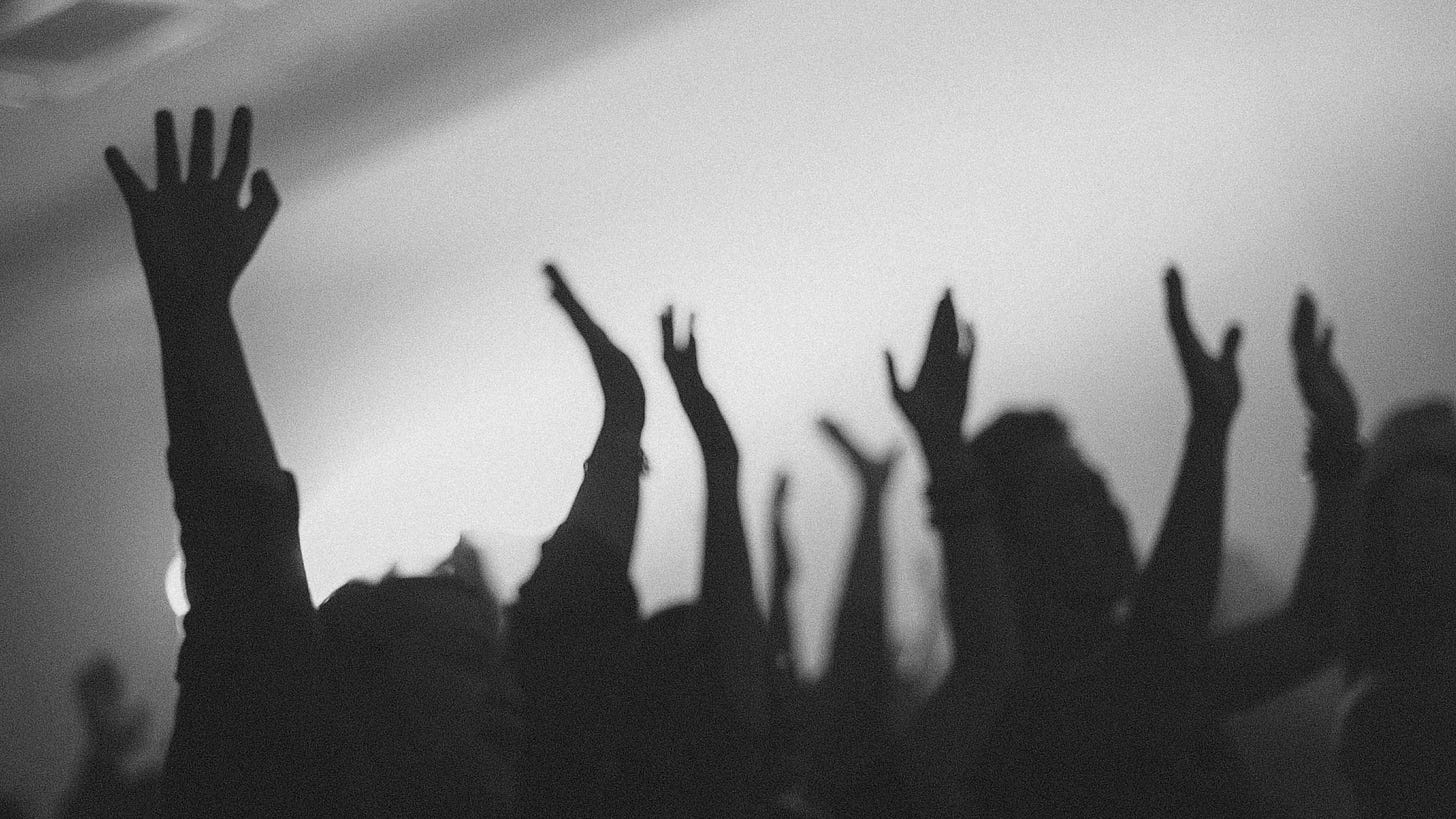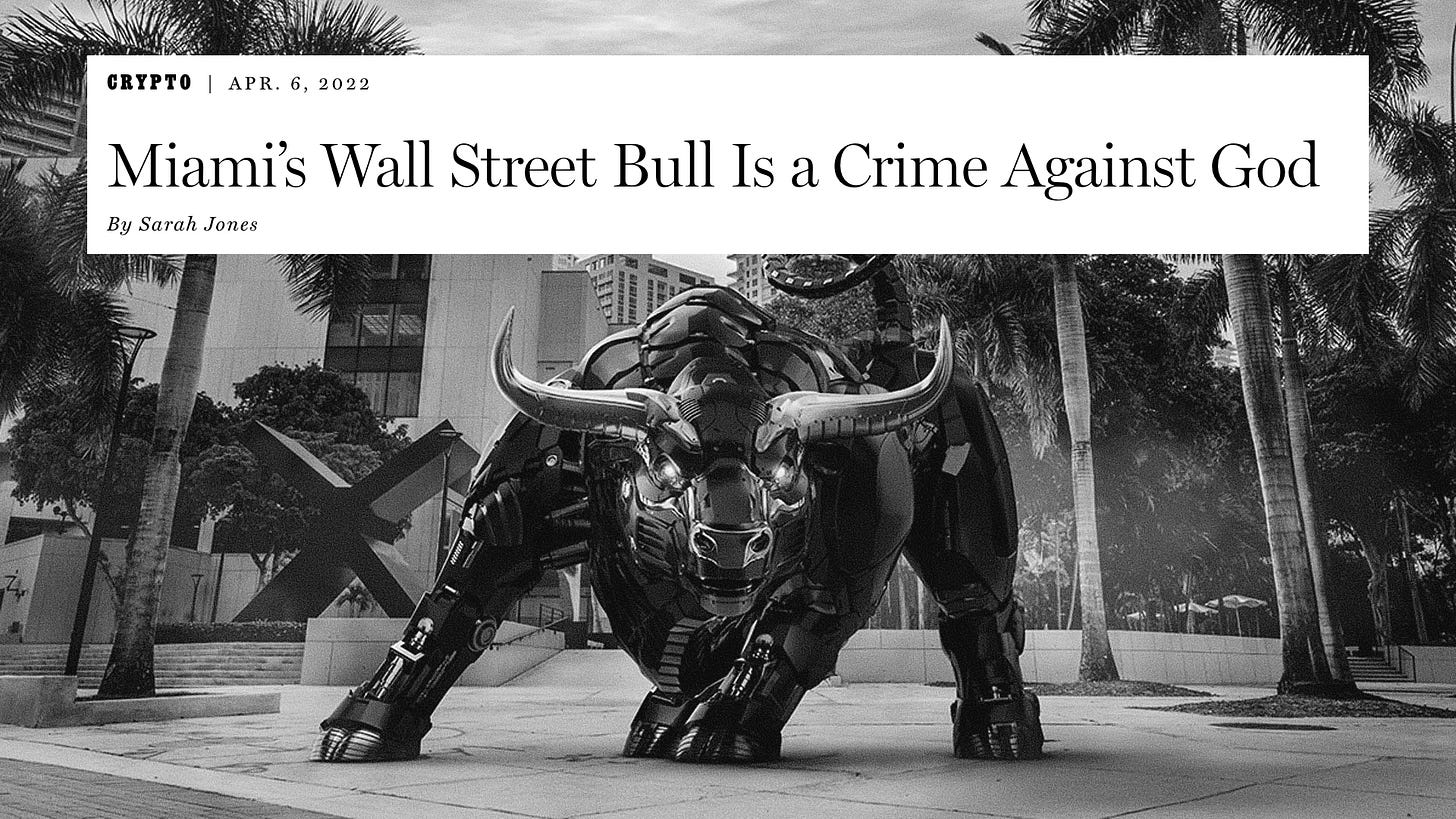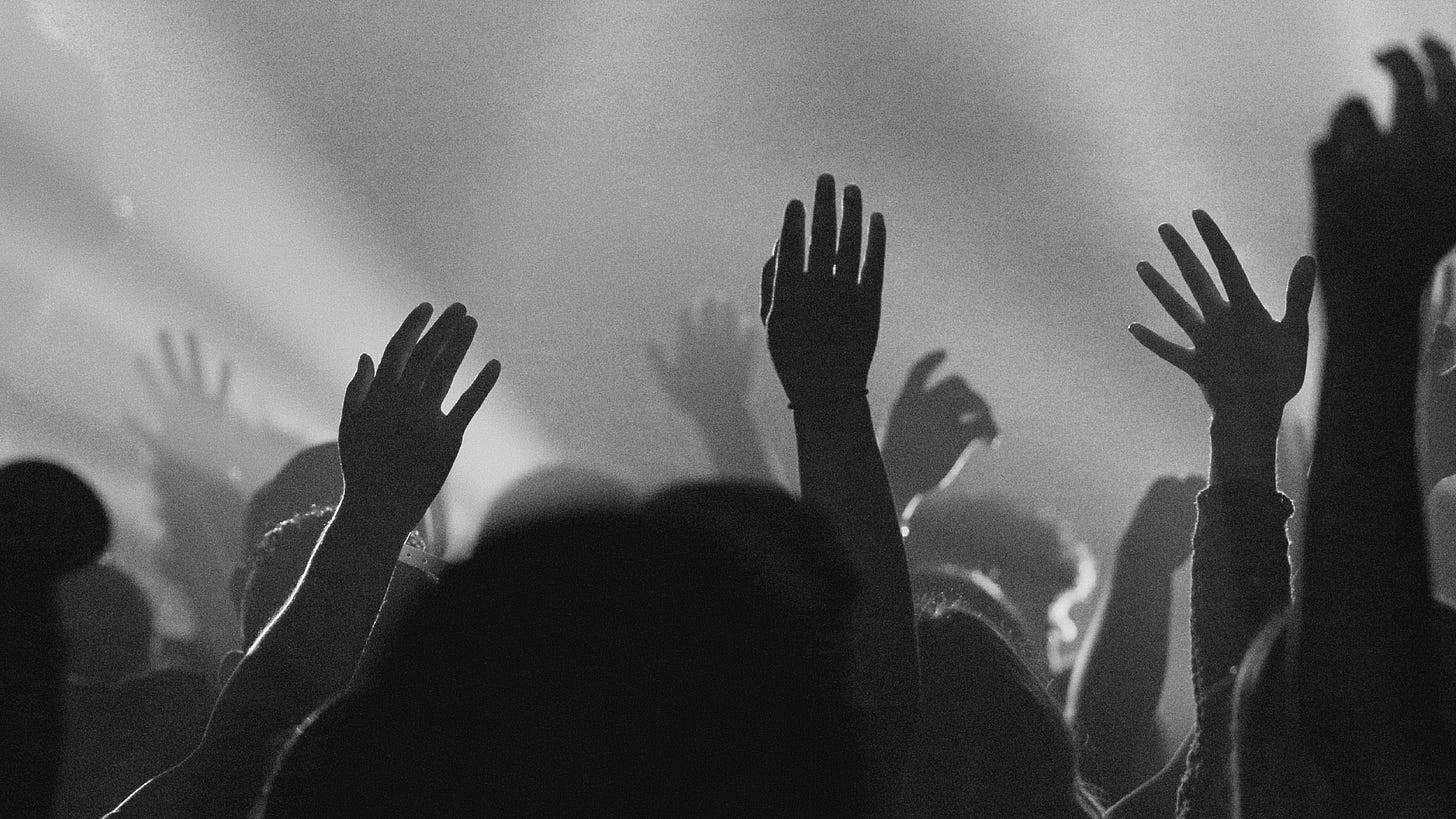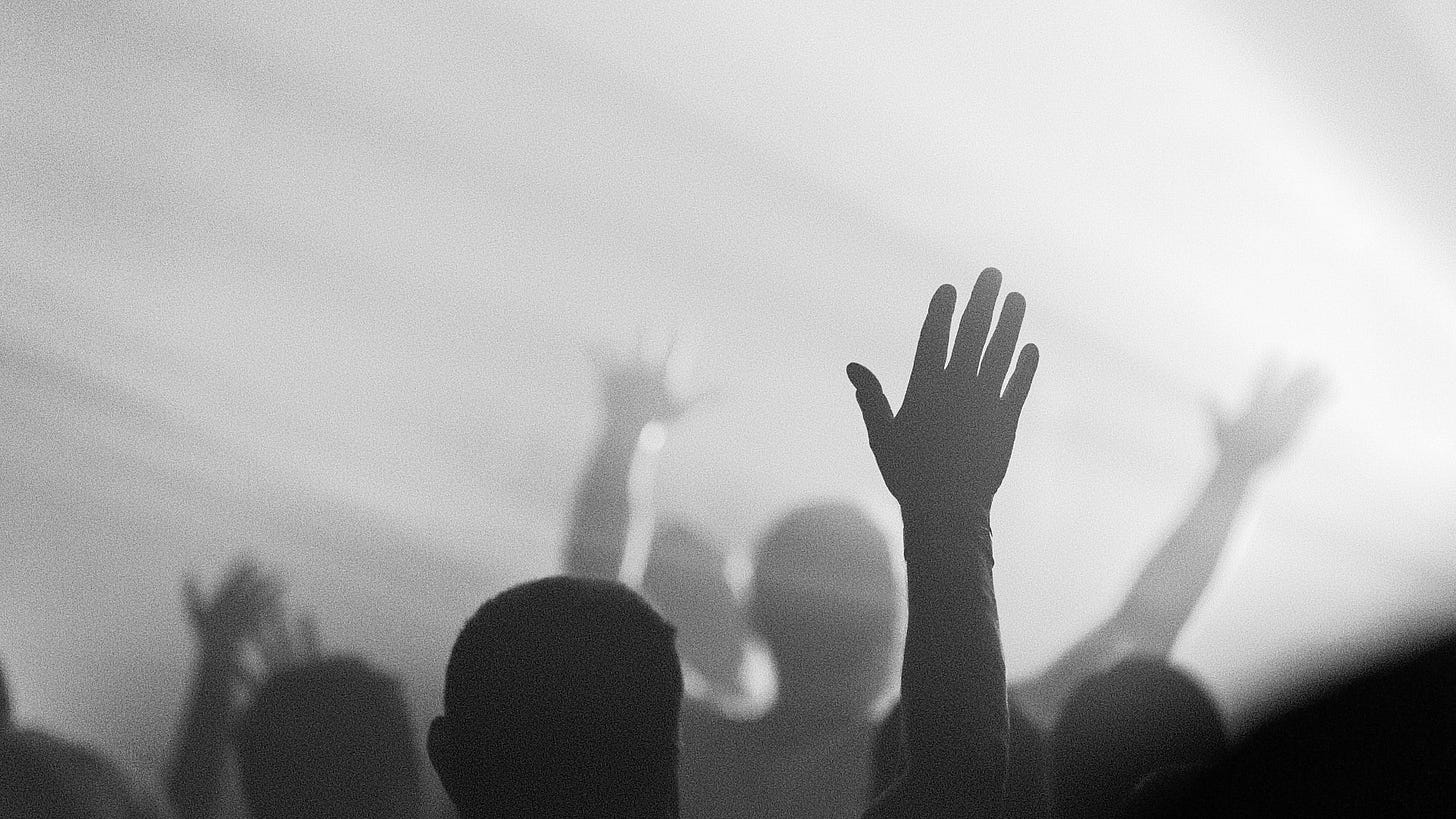Meet Liver King.
He’s a media personality caricature repping the “all meat diet.” He chomps animal brains to win big in the attention economy, as much as he fights for the reassessment of what a more nutritious diet may entail.
His success primarily lies in the former: attention.
Many dismiss his honesty. There are countless videos “exposing” his regimen and potential steroid use. But it’s moot. Controversy only adds to his hyper-masculine mythology.
His Carnivore Diet has been around for as long as the internet has. The pitch ranges from weight loss, increased energy, higher testosterone, and mental clarity.
But several more drivers are now giving this “lifestyle” newfound energy.
Firstly, it’s never been easier to get in touch with a tribe of like-minded thinkers. Often exposed via algorithmic means, an odd practice effortlessly reaches millions today. A video — or the mere thumbnail of one — is an invite for new, potential inductees. With this, we can now choose our own adventure of truth and determine what’s healthiest for us.
Secondly, the attention around the all meat diet has risen with the larger adoption of veganism — also coincidently driven by health benefits. The blossoming of plant-based diets has allowed a counter trend to enter and thrive. It’s no surprise that we see the Carnivore Diet rage in a moment when meat-alternatives are increasingly finding their way onto menus.
After all, many cultural trends are just tensions. Equal and opposite reactions. Trend. Counter-trend. Cause. Effect.
Further, meat consumption also symbolizes status and mastery over one’s domain — one which is currently aflame and we’re hastily losing. Promoting one’s machismo dominance is also quite timely as we simultaneously evolve beyond a gender binary.
Again: Trend. Counter-trend.
Back to Liver King... A six pack, grizzly beard and bloody goat intestines appear to run counter to animal rights, environmental decline and gender fluidity.
And here lays the ultimate overarching pitch and final driver to this all meat diet: identity and the community which comes along with it.
You don’t even have to consume the raw liver.
You just have to consume the content.
The all meat diet is a starter pack of values.
Worship him or ridicule him — either gives you the opportunity to express your beliefs, find a vocal role in this world, and bring you closer to those who feel the same about animals, the environment or gender.
Modern Religions
In Tara Isabella Burton’s book, Strange Rites: New Religions for a Godless World, she reminds us that religion is more than places of worship or mere deities.
Religion can be anything that provides us meaning, purpose, ritual and community.
An all meat diet is a religion.
And Liver King is our high priest.
Burton reports:
“Back in 2007, 15% of Americans called themselves religiously unaffiliated, meaning that they didn’t consider themselves to be members of any traditional organized religion.
By 2012, that number had risen to 20%, and to 30% when it came to adults under thirty. Now, those numbers are higher.
About a quarter of American adults say they have no religion. And when you look at young millennials — those born after 1990 — those numbers reach almost 40%.”
But while younger generations claim to be “less religious,” that’s not to say they aren’t rabidly seeking spirituality, answers or belonging.
Definitions and modern examples of religion just haven’t caught up to the surveys.
Outside of entertainment fandom, more glaring today: politics and social justice have become our loudest religious replacements.
Helen Lewis, staff writer at The Atlantic puts it,
“Many common social-justice phrases have echoes of a catechism: announcing your pronouns or performing a land acknowledgment shows allegiance to a common belief, reassuring a group that everyone present shares the same values.
But treating politics like a religion also makes it more emotionally volatile, more tribal (because differences of opinion become matters of good and evil) and more prone to outbreaks of moralizing and piety.”
Burton points out:
“A full 72% of the Nones [those who are religion-less] say they believe in, if not the God of the Bible, at least something.”
Today, righteousness is up for creative interpretation and gospel is co-written in the comments.
Dogecoin Dogma
Meme stonks and crypto provide hundreds of thousands moral meaning (giving power to the people), devout purpose (going to the moon or taking down “The Man”), steady ritual (buying the dip or “gm”), and passionate community (servers to subreddits). There’s a prophet: Satoshi, and sacred text: The White Paper. The very first block is even called The Genesis Block.
This is all a profoundly deep, shared belief in something. A contagious energy. A shared spirit. There are morals and morale here — crypto is seen as a path to salvation, “the answer to all of humanity’s problems.”
Bloomberg’s Lorcan Roche Kelly calls bitcoin:
“The first true religion of the 21st century.”
Karl Marx claimed that “Religion is the opium of the people,” but instead, modern religions are really the amphetamines of the people.
Praying with Potter
Harry Potter is perhaps the most established modern religion we’ve got.
With a moral compass from shared sacred scripture, Potter has been offering a profound sense of belonging to the Wizarding World for a quarter of a century now. Potterheads take pilgrimages to Hogsmeade™ village at Universal Studios Orlando and congregate around their own interpretations of the new testament: fan fiction. The Hogwarts house system even provides specific denominations for even deeper affiliations.
Endangering the ecosystem to pay their respects, fans have been recently urged to stop leaving socks at the fictional grave of Dobby at Freshwater West Beach in Wales.
And since the very beginning, traditional religious groups have either attacked or compared the magic of the series to their own beliefs. Religious disaffiliation now also occurs when members reject its leaders’ own base actions.
Bitcoin and Gryffindor are symbols of modern religions if we’ve ever seen them.
In Sync
For younger generations raised on remix culture, we see the stitching together of behaviors and content as new religions. And these religions also stitch us together.
As Burton writes,
“In his 1911 book The Elementary Forms of Religious Life, Durkheim argues that religion is basically the glue that keeps a society together: a set of rituals and beliefs that people affirm in order to strengthen their identity as a group. Religion is a ‘unified system of beliefs and practices which unite in one single moral community called a Church all those who adhere to them.’
This church, furthermore, is sustained not through a top-down hierarchy, or through some invisible spirit, but rather through the collective energy of its adherents, a process he calls ‘collective effervescence,’ a shared intoxication participants experience when they join together in a symbolically significant, socially cohesive action.”
From diets like all meat, to the absence of food like OMAD (one meal a day), to the slur-hurled cultish targets like Goop or CrossFit — the gospel of wellness grants opportunities for shared values, goals and rituals. These socially cohesive practices are Durkheim’s “collective effervescence.”
And this religious collectiveness is a solve for Cultural Synchrony — cohesion and concurrence during a moment of social polarities and algorithmic segmentation.
Modern religions sync us.
Worshiping Workism
Our “Great Resignation,” Anti-Work and Overemployed movements also check the boxes of modern religions.
For the last two decades, as traditional religion declined and capitalism thrived, work stepped in as a seamless substitute. Blackberries and boardrooms as altars, we prayed for promotions. We went as far as replacing “career” with calling and passion. WeWork’s entire rise (and fall) can be traced back to Neumann’s religious aspirations.
And with that, another component of religion is the leader. As Joe Rogan ironically points out,
“There’s some weird thing about human beings where they gravitate towards a big leader [...] There’s almost like a cheat code.”
From Musk and Trump, to Billy McFarland, Anna Delvey, Elizabeth Holmes, and Sam Bankman-Fried, the line between a charismatic leader, and cult of personality is razor thin. The exploitations of scam culture within the context of our yearning for modern religion is worthy of our mindfulness.
Gary Vee is our “youth pastor of capitalism.”
But only recently — with a pandemic, unemployment, and widespread WFH holding a mirror to this greedy, corporate faith, a catalyst for mass reflection — many have reconsidered this theology. In 2020, when governments legally withheld purpose from the masses, the vibe shift was underway.
As a truly endless spiritual pursuit, millions more are now stepping off the treadmill toward dream job nirvana. Did it ever really exist, though?
Arguably most influential of all, when the church is physically closed and our religious practice is reduced to a Zoom screen in an empty apartment without real socialization, we lose our religion.
Loneliness
While other religious stand-ins like QAnon, cosplay, K-pop, stans, wicca, astrology, anti-vax, Disney Adults, online sleuthing (think: Couch Guy detectives), or young men devout to their Bored Apes or DAO’s governance, all check the boxes of meaning, purpose, ritual and community — the most influential driver of our newfound spirituality is our loneliness.
Above all, today’s modern religions provide community.
According to multiple studies, 56% of Gen Z report “growing up lonely” (more likely than any other cohort). 59% of 18-29 year olds have “lost contact with friends” since 2020 (more than any other cohort). And 9-in-10 young adults wish they spent more time with “their community.”
In the 90s, only 16% of Americans had two or less friends. Today, nearly a third of Americans have two or less friends. Since the 90s, there’s been a -20% drop in Americans who say they have one person to call their “best friend.”
Perhaps because 30% of people claim they don’t even know how to make a new friend.
Today, 1-in-5 Americans say it’s been at least five years since they last made a new friend. After all, the number one place Americans made new friends was... the workplace... oof.
More concerning, in the 90s, only 17% of young men and women reported that their parents were the first people they talked to when confronting a personal problem. Today, for young men, that number is 45%... This is likely driven by so many of them still living at home — just another driver for this crave for connection.
If it’s this hard to maintain friendship, we can only imagine the effects on intimacy. A grim study reports:
“Between 2009 and 2018, the proportion of adolescents reporting no sexual activity (alone or with partners) rose from 29% to 44% among young men, and from 50% to 74% among young women.”
This was of course before the pandemic worsened these numbers.
So, what does this pervasive loneliness and lack of intimacy result in?
Between 2009 and 2019, the percentage of teens who reported feeling “persistent sadness or hopelessness” rose from 26% to 37%. Fast forward through the pandemic and in 2021, those who feel persistently sad or hopeless are now 44%.
Never more connected.
Never more alone.
There are countless drivers to our collective despair here, but they’re bottlenecked by our inability to discuss them with others. In other words: a lack of connection can cause our hopelessness, and our hopelessness from countless other social ills are harder to resolve when we don’t have anyone to talk them through with.
In the face of isolation, what we get is a lust for collective effervescence. Trend. Counter-trend. Cause. Effect.
Swifties celebrating album drop holidays, devoutly studying lyrics and album art symbolism, ritualistically purchasing tickets, and passionately defending their creed and preacher are some of the most meaningful social connections teenagers and young adults experience today. Their intensity goes as far as prompting the Justice Department to open up an antitrust investigation against Ticketmaster. The sway of Swifties changes laws.
Sure fandom also existed decades ago, but decades ago people also had friends.
Religion’s our current salvation for connection – an opportunity to transcend ourselves, link arms with like-minded users, and rekindle our spirituality in sync.
From bonding over diets and shitcoins, to fanfic, anti-work and cryptic song lyrics, the pursuit of belonging is an impassioned, spiritual journey.
Stability
Belonging breeds stability — support. We’re no longer alone in this.
Traditional religions previously built-in this stability and structure: from organizing people and routine, to the guidance in how we should approach our lives — direction.
But as these institutions’ rigidity are questioned and dissolve, we seek out the grounding and answers elsewhere.
As Burton writes,
“Traditional religions, traditional political hierarchies, and traditional understandings of society have been unwilling or unable to offer compellingly meaningful accounts of the world, provide their members with purpose, foster sustainable communities, or put forth evocative rituals.
And, in return, young Americans have lost their faith not simply in the tenets of a religion, but in civic and social institutions as a whole.”
As previously explored in the rise of the paranormal,
“Adopting a supernatural explanation is a flex of control.”
“When so much is out of control, theory is a refreshing reclaim of self-sovereignty. Our own explanation beats the one that isn’t even given. Power is taken back.”
Failed by the institutions meant to support us, we seek faith, support and answers elsewhere.
Never before in history have fewer people believed in God but believe in aliens. Two-fifths of Americans think extraterrestrials have been behind UFO spottings, up from just one-third a couple years earlier.
Aliens are explanations.
No matter how far out they are, they at least bring us together, tether us and provide some answers:
We are not alone.
Hope
The opportunity here is blinding.
We require a new crop of organizations and figures to usher in refreshed meaning, purpose, ritual and belonging.
But communicating religion as a solution is a kiddie band-aid floating atop a gushing wound. Gospel won’t cut it.
The larger and more responsible opportunity here is to address the systemic causes of this social gash.
Why is it that people are deficient in meaning, purpose, ritual and belonging today? And what’s the role of your product, service, brand, or organization in solving these needs?
Hold up... Your deodorant, candle or cooking spray aren’t rituals. However... Community workout, candle-making or cooking classes can be.
We have fundamental, existential crises to solve for. “Walking the walk” is what will ultimately attract the reverent and faithful.
To understand why we’re at this moment with religion is to recognize that younger generations feel traditional institutions have been full of judgment, exclusivity, rigidity and uninspiring contradictions.
It’s why they’re seeking alternatives offering the exact opposite: tolerance, flexibility, remix, choice, and a bit of levity (see: Birds Aren’t Real, another spiritual movement).
In a moment of mass isolation, scare faith, and deep uncertainties, we’re at a turning point.
We have the opportunity to solve deep human needs: finding a sense of purpose, feeling secure in one’s future, developing a strong sense of self, kindling a sense of belonging with others, and empowering action stemming from common goals.
How do we help others achieve this?
...Talk about a purpose.



















